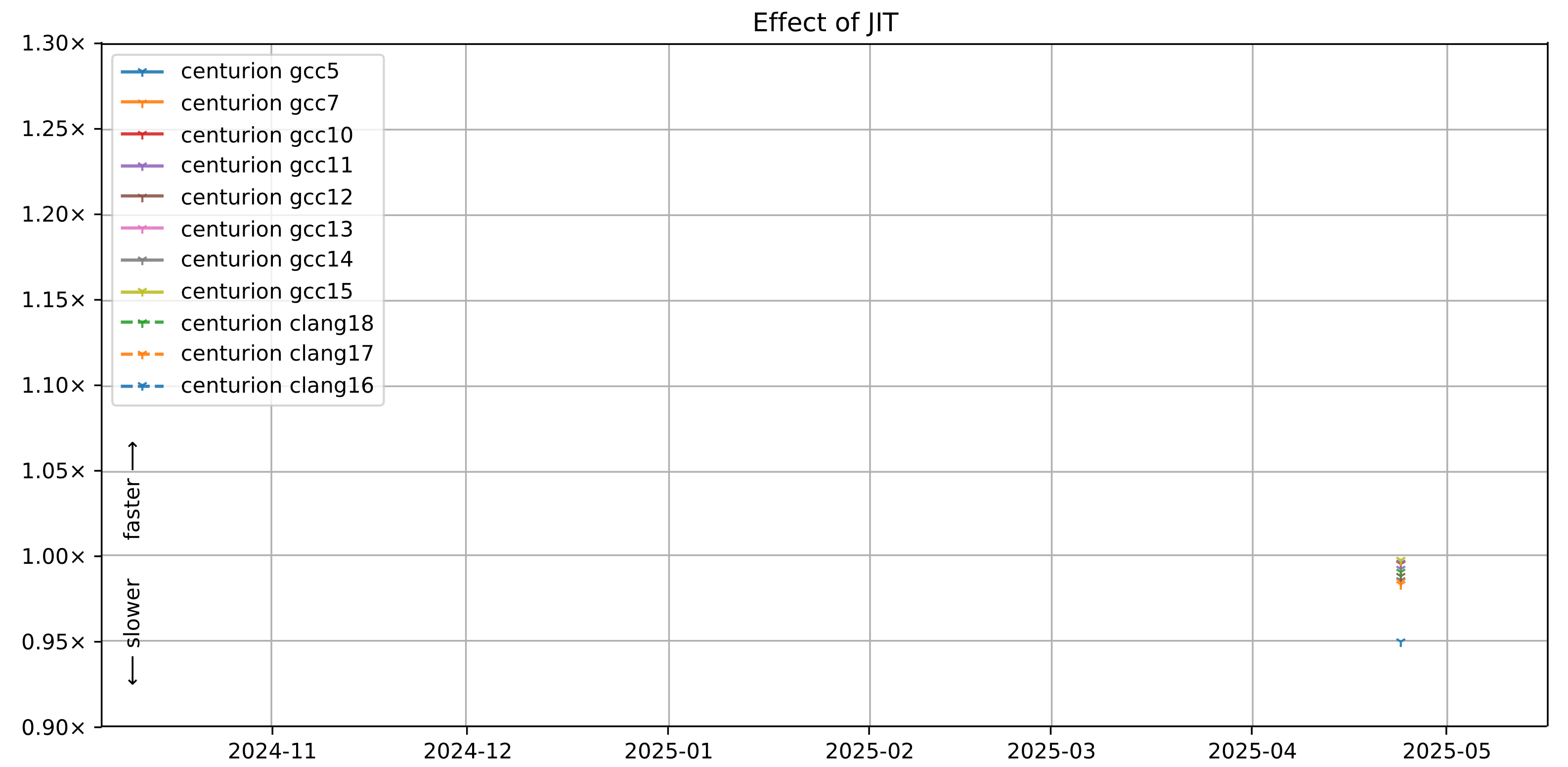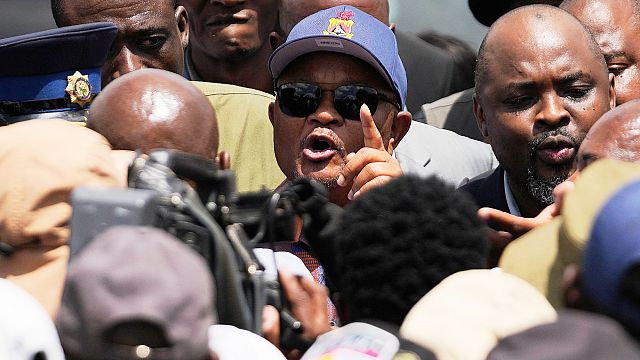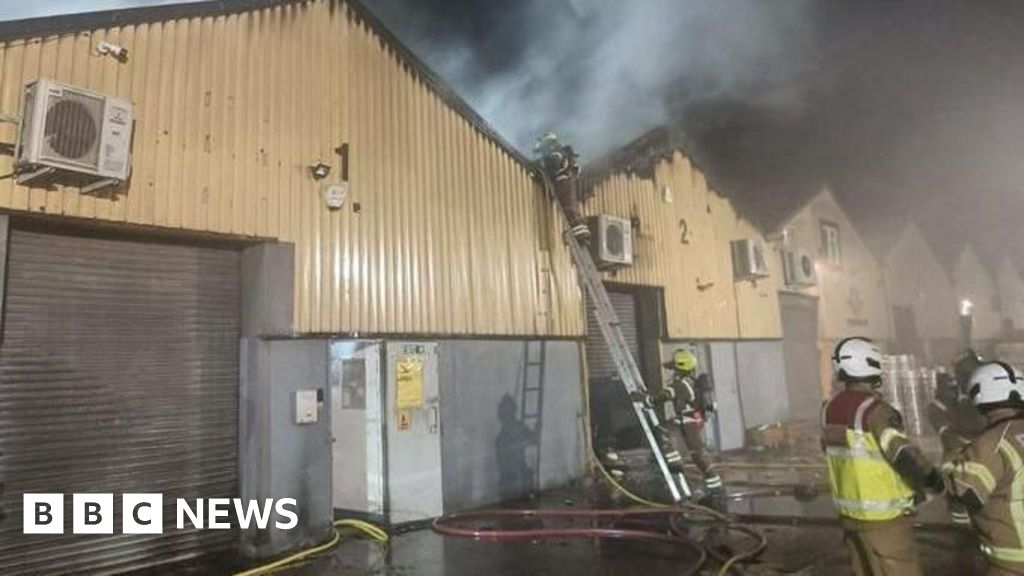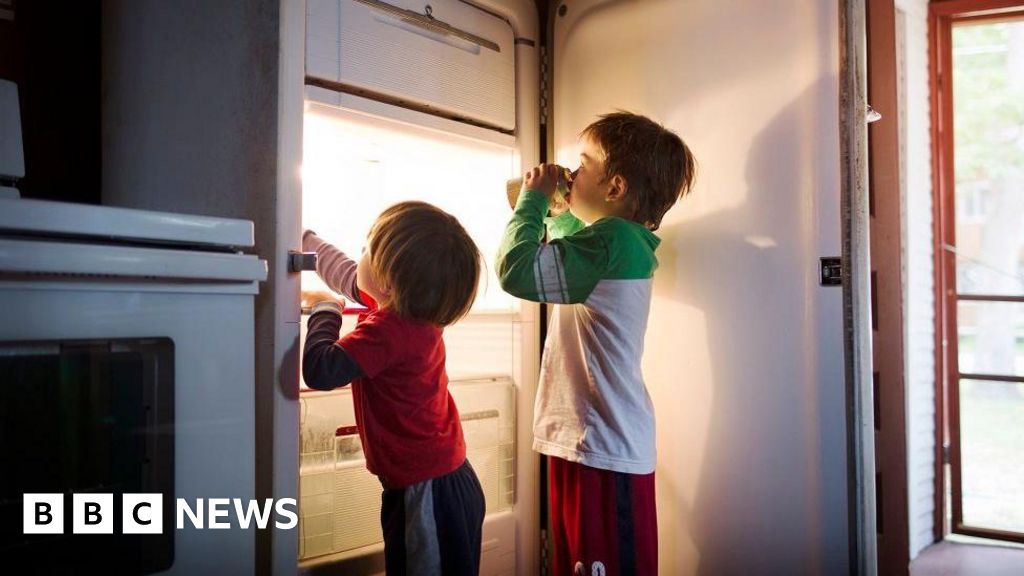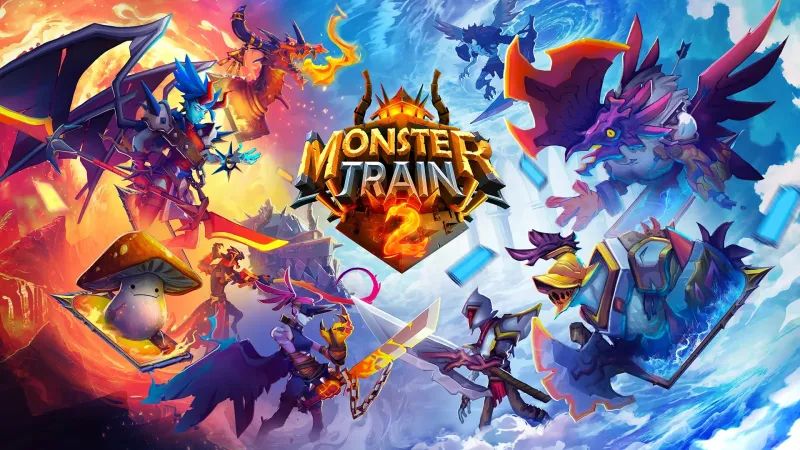Trump Revives Trade War, Threatening Steep Aug. 1 Tariffs on Allies


President Trump revived his trade war threat with more than a dozen countries on Monday, telling them that they would face steep tariffs on their exports as of Aug. 1 unless they agreed to trade deals by then. The president targeted two of America’s closest foreign allies, Japan and South Korea, as well as Malaysia, Indonesia and South Africa.
Mr. Trump also officially extended the timeline for dozens of other countries to agree to deals with the United States or face tariffs, signing an executive order on Monday afternoon delaying the stiff levies that were supposed to snap back on July 9.
Markets dropped as investors assessed the prospect of more trade conflict with some of America’s closest allies and largest trading partners. The S&P 500 ended Monday down 0.8 percent. Other major indexes also fell.
In nearly identical letters to the president of South Korea and the prime minister of Japan, Mr. Trump wrote that the countries would face a 25 percent tax on their exports next month, adding that “we have decided to move forward with you, but only with more balanced, and fair, TRADE.”
“Please understand that the 25 percent number is far less than what is needed to eliminate the trade deficit disparity we have with your country,” he wrote.
A few hours later, the president posted several more letters to social media detailing tariff rates that products from other foreign countries would face: 40 percent for exports from Myanmar and Laos, 30 percent for exports from South Africa and 25 percent for exports from Malaysia. He quickly followed with new tariff rates for Thailand, Bangladesh, Indonesia and other countries.
Mr. Trump announced a 10 percent “baseline” tariff on all U.S. imports in April, as well as higher tariffs on goods from about 60 countries. After that announcement threw stock and bond markets into turmoil, the president temporarily paused the tariffs, urging countries to strike trade deals with the United States instead. Countries were given until July 8 to strike a deal, with the tariffs going into effect on July 9.
Mr. Trump’s decision to extend that deadline until Aug. 1 will give countries more time to reach agreements, but the timeline is still far more compressed than what is typical for a single trade deal, let alone dozens of them.
Karoline Leavitt, the White House press secretary, said in a briefing on Monday that the president was making progress on reaching agreements, and that his phone was ringing “off the hook from world leaders all the time who are begging him to come to a deal.”
Administration officials have indicated that Mr. Trump will announce some type of trade agreement with several countries this week. The United States has been nearing an initial trade framework with India, and officials from the European Union have also seemed increasingly confident that they will be able to reach an arrangement to avoid tariffs. Other countries — including Pakistan, Taiwan and Switzerland — have also been angling for trade deals.
Countries that have so far agreed to trade arrangements, even preliminary handshake agreements, have qualified for lower tariff rates than those Mr. Trump threatened them with in April. So far, the United States has reached only two preliminary trade deals, with Britain and Vietnam, and both are scant on details. For the U.S. deal with Vietnam, neither country has put out documents clarifying what, if anything, was agreed to.
Both Japan and South Korea are close American allies, but negotiations with them have been proceeding more slowly than U.S. officials want. That is in part because Japan and South Korea have been having their own elections, and because Mr. Trump is still imposing or threatening other tariffs on their major exports, including cars, steel and electronics. The Japanese and Korean governments have been hesitant to offer Mr. Trump concessions while still being hit with high levies on some of their most important industries.
About half of Japanese and Korean exports to the United States could be covered by other tariffs Mr. Trump has imposed or is planning to introduce on critical industries, including cars, electronics, steel and pharmaceuticals, according to calculations by Capital Economics.
Last year, the United States imported 1.5 million passenger cars and light trucks from South Korea and 1.4 million from Japan. The countries are the No. 2 and No. 3 sources of auto imports for the United States after Mexico.
Wendy Cutler, a vice president of the Asia Society Policy Institute, said that both Japan and Korea were close partners on economic security matters and cooperated on industries like shipbuilding, semiconductors, critical minerals and energy.
Companies from both countries have made significant manufacturing investments in the United States in recent years, and both countries are important markets for U.S. businesses, including beef, pork, medical devices and planes, she said.
The threat of tariffs has particularly galled Japan and South Korea because Mr. Trump negotiated and signed trade deals with both countries in his first term. The first Trump administration updated the United States-Korea Free Trade Agreement, which went into force in 2012. Ms. Cutler said that because the United States already had a free-trade agreement with South Korea, “almost all of Korea’s tariffs are at zero for U.S. imports, leaving them with less to offer the United States than India or Vietnam with high tariffs.”
Mr. Trump also negotiated and signed a limited trade deal with Japan in 2019, which opened Japanese markets to some U.S. agriculture and established guidelines for the tech industry.
Japanese officials have extended the United States a number of trade offers, including one pledging to buy more American energy products and defense equipment, and to help the United States in areas like shipbuilding.
But negotiations with Japan stumbled over two main issues: that Japan was exporting far more automobiles to the United States than it imports, and that the Japanese rice market remained relatively closed to American exporters. In a social media post last week, Mr. Trump called Japan “spoiled” and said the United States would be informing it of its new tariff rates.
Jake Colvin, the president of the National Foreign Trade Council, which represents international businesses, said America’s trading partners were facing an uncertain return for lowering their own trade barriers.
While countries that have struck agreements have had their tariffs pared back somewhat, no country has secured tariffs lower than 10 percent.
“If what they get in return is the U.S. permanently raising its tariff rate from whatever it was in 2024 to 10 percent,” Mr. Colvin said, “it’s going to be hard for some of our trading partners to swallow, and it could be politically perilous for them back home with their domestic constituents.”
Economists said the extension of the July deadline would continue to feed the uncertainty that businesses and consumers have been grappling with for months now. The frequent policy changes have led many businesses to put hiring and investment plans on hold.
“Overall, we’re still seeing it as a prolongation of the uncertainty,” said Sarah House, an economist at Wells Fargo. “There’s still a lot to be desired in terms of details.”
Joe Rennison, Jack Ewing and Ben Casselman contributed reporting.
What's Your Reaction?
 Like
0
Like
0
 Dislike
0
Dislike
0
 Love
0
Love
0
 Funny
0
Funny
0
 Angry
0
Angry
0
 Sad
0
Sad
0
 Wow
0
Wow
0

